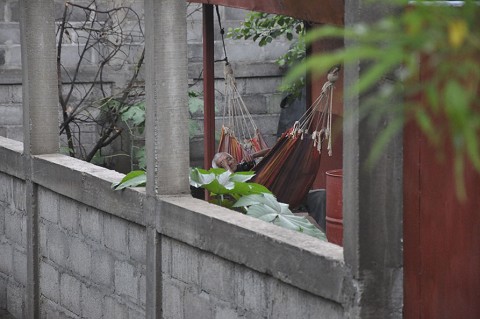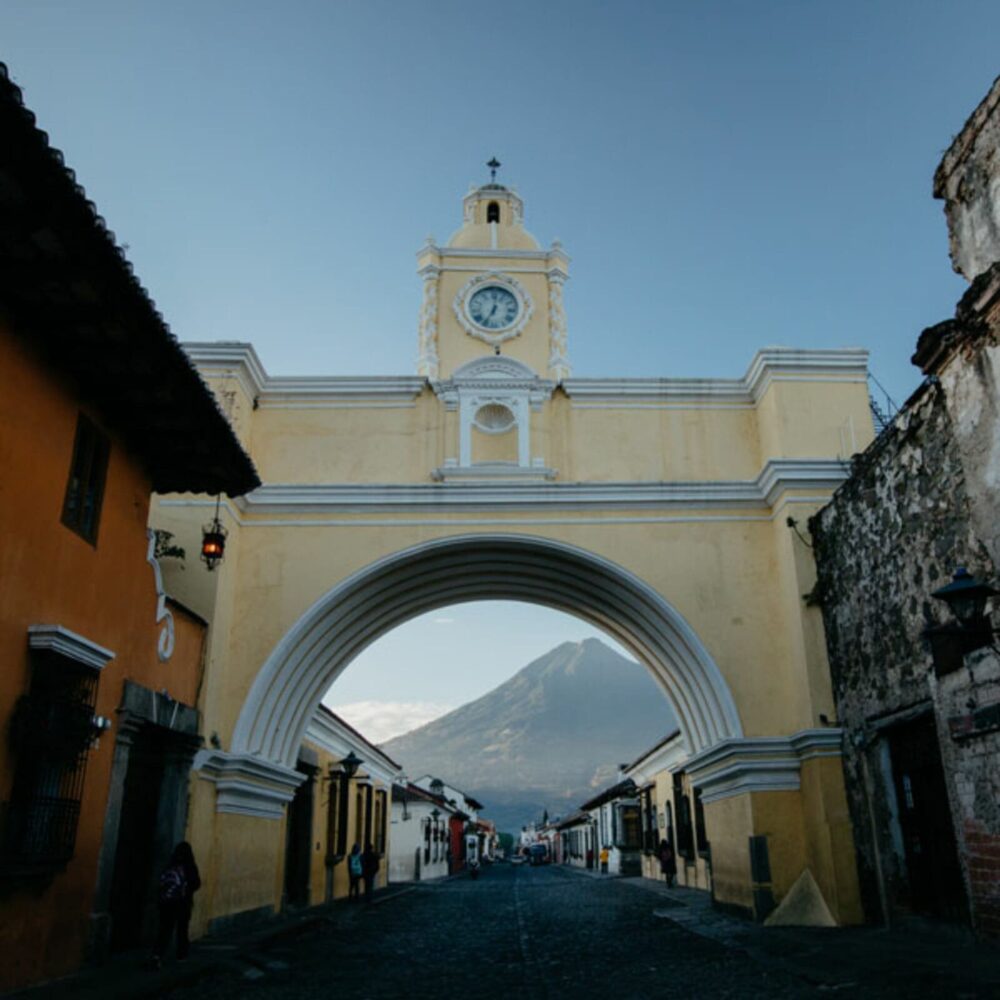 I had a chance to meet Jason Glaser (pictured left); a writer for the Guardian and now an activist researching the deaths of hundreds of sugar cane workers. Jason, an avid writer and filmmaker sat down with New Song Mission group yesterday to explain his actions and how he and New Song can work along side one another to help attack this epidemic in the hopes to save lives. There is much to learn from Jason’s passion in understanding human need and how we can step in to help others on a global scale. Jason is helping to spread the word about this issue in order to save lives from this epidemic. It is a strong example of how we are to be just as or even more passionate of our role in saving human lives, not just from physical death, but spiritual death and decay as well.
I had a chance to meet Jason Glaser (pictured left); a writer for the Guardian and now an activist researching the deaths of hundreds of sugar cane workers. Jason, an avid writer and filmmaker sat down with New Song Mission group yesterday to explain his actions and how he and New Song can work along side one another to help attack this epidemic in the hopes to save lives. There is much to learn from Jason’s passion in understanding human need and how we can step in to help others on a global scale. Jason is helping to spread the word about this issue in order to save lives from this epidemic. It is a strong example of how we are to be just as or even more passionate of our role in saving human lives, not just from physical death, but spiritual death and decay as well.
Our kidneys clean our blood and when they cease to function properly the body’s organs and tissues become corrupted by toxins and slowly begin to shut down. Though the exact process of this death can take many routes it is always painful, always drawn out and is apparently, according to preliminary theories, avoidable. CKD is a problem for the entirety of Central America and the direct cause for the general problem is unknown.
In the case of the sugar producing regions, Dr. Aurora Aragon, chief of epidemiology at UNAN Leon assured me that, “We are facing nothing short of an epidemic.” Male sugar cane workers in the Chinandega department, disproportionately those employed by the powerful Pellas family’s Ingenio San Antonio in Chichigalpa, experience the disease at least 13 times as frequently as the already too high national average. This figure is considered low by experts and is based on an incomplete study conducted by MINSA, the Nicaraguan Health Ministry which lacked the resources to conduct an adequate investigation. While women also experience the disease most of the victims appear to be men.
The leading theory among the epidemiologists looking into this problem is that the cane cutters and irrigators are overworked in the excessive heat of the region. This alone weakens their kidneys and is compounded, as they are not provided with adequate or clean drinking water. The water they do have access to is thought to be polluted by a cocktail of heavy metals, agrichemicals and other pollutants. This causes further damage to the already weakened kidneys. Men that live in the La Isla community lack access to municipal water and drink water in their homes that is likely poisoned by a variety of man-made environmental contaminants.
La Isla is now known as “La Isla de Viudas”, The Isle of Widows. In this small community of about 500 families there are now over 75 widows due to CKD and many more of the men are sick and dying. Across town in the more urban and densely populated Candelaria community the percentages are similar but at least the workers have access to cleaner municipal water.”








